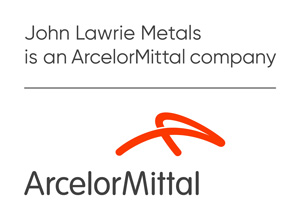SUSTAINABILITY
Reuse, Repurpose and Recycle
Current situation
We are currently living within a linear economy: take – make – waste. We take natural resources, make products out of them, use the products quickly and then throw them away when we’re finished or bored of them which creates significant (and avoidable) waste from that material.

What is a circular economy?
We know we can’t continue to live like this, however. We can’t keep throwing waste into landfill, we must look for opportunities to either keep the material and products in use for longer, or create these products from materials that have prolonged shelf lives. A circular economy is a continuous cycle of processes that sees material "stay in use for as long as possible, extract the maximum value from them whilst in use, then recover and regenerate products and materials at the end of each service life.”*

Why do we want a circular economy?
A circular economy will reduce waste, improve productivity, reduce environmental impacts and increase opportunities for growth and diversification, as well as focus on society-wide benefits. The aim of a circular economy is to design out waste and pollution and regenerate natural systems.
What does this mean for John Lawrie?
We aim to accelerate the transition from a linear to a circular economy.
We are continually seeking new ways to reuse and recycle redundant materials in order to deliver significant environmental and monetary benefits for a sustainable future for our employees, clients, customers and communities.

*&** WRAP UK www.wrap.org.uk
Repurposing Redundant Metals

We’ve been repurposing and recycling waste and scrap metal since the company’s inception back in the 1930s. Finding new ways to use this material creates a circular economy whereby existing products or materials are kept in use for longer and therefore protecting the earth’s natural resources. We’ve found new uses for items such as link chain and wire rope which have been used by the aquaculture industry as weights and ballasts for fish pens or weights for pipeline bundles. We’ve also found a way to repurpose concrete mattresses lifted from the seabed as hard standing for agricultural buildings. The added bonus for repurposing the material we receive where we can is that for every tonne of metal reused there is a saving of up to 0.96 tonnes of CO2 which goes a long way to supporting net zero and sustainability goals.
Where we can’t reuse or repurpose material we ensure nothing goes to waste by dealing direct with European steel mills who smelt the material down ready to be made into new products, once again preserving the Earth’s resource by not mining for new ore.



